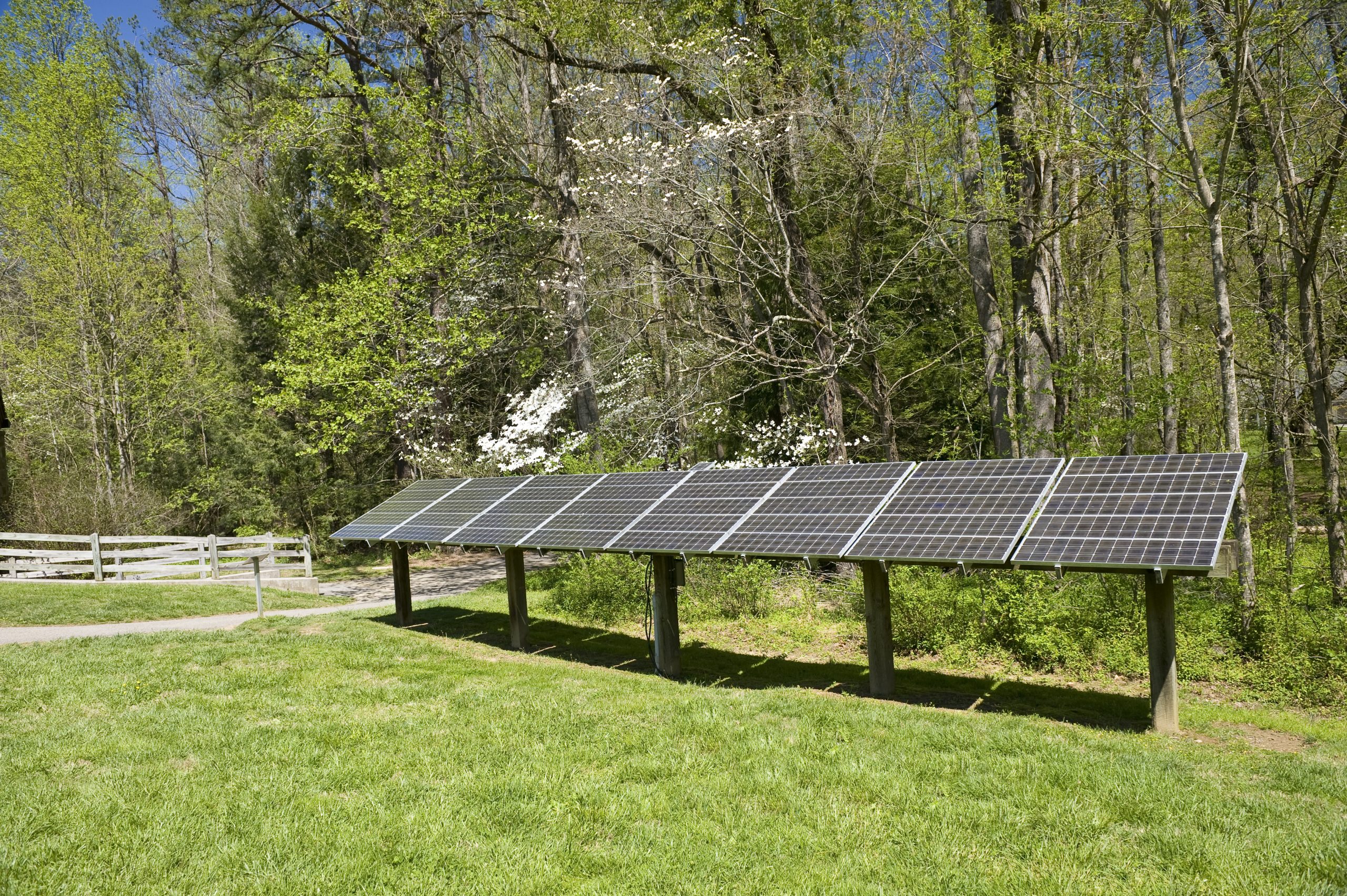The world is changing rapidly, and with it, the way we generate energy. For years, fossil fuels have been the primary source of power for homes, businesses, and transportation. However, as technology advances and people become more aware of environmental issues, renewable energy sources are gaining popularity. One such source is solar power.
Solar power involves harnessing the sun’s energy to produce electricity. It is a clean, efficient, and sustainable method of generating electricity that has numerous benefits. In this article, we will explore some of those benefits, dispel common myths about solar power, and provide tips on how to choose the best solar panels for your home.
Introduction to Solar Power
Solar power is generated through photovoltaic (PV) cells that convert sunlight into direct current (DC) electricity. These cells are made up of semiconductor materials, usually silicon, which absorb photons from the sun and release electrons, creating an electrical current. This current is then converted into alternating current (AC) electricity that can be used to power homes and businesses.
The Benefits of Using Solar Energy
One of the most significant advantages of using solar power is its eco-friendliness. Unlike traditional forms of energy generation, solar power does not emit greenhouse gases or other pollutants that contribute to climate change. By switching to solar power, you can reduce your carbon footprint and help preserve the environment for future generations.
Another benefit of solar power is its cost-effectiveness. While installing solar panels may require a substantial initial investment, they typically pay for themselves within five to seven years through reduced energy bills. Additionally, once the system is installed, there are minimal maintenance costs involved.
Common Misconceptions About Solar Power
Despite the many benefits of solar power, there are still several misconceptions surrounding this form of energy generation. One of the most prevalent myths is that solar panels only work in warm climates. While solar panels do perform better in direct sunlight, they can still generate electricity in cloudy conditions. Additionally, advancements in PV cell technology have made solar panels more efficient, so they can generate more electricity with less sunlight than before.
Another misconception is that solar panels are unsightly and bulky. While this may have been true in the past, modern solar panels are sleeker and more compact than ever before. They come in various sizes and colors, making them a versatile option for both residential and commercial properties.

How to Choose the Best Solar Panels for Your Home
If you’re considering installing solar panels at your home, there are several factors to consider when choosing the right system for you. First, determine the amount of energy your household uses. This information will help you calculate the size of the solar panel system needed to meet your energy needs.
Next, research different types of solar panels to find one that suits your budget and lifestyle. Monocrystalline and polycrystalline panels are two popular options, each with their unique set of pros and cons. You should also look into the efficiency rating of the panels, as higher ratings indicate greater energy output.
Finally, consider the warranty and customer support offered by the manufacturer. A reliable warranty ensures that any defects or malfunctions will be covered, giving you peace of mind knowing that you’ll receive assistance if needed.
In conclusion, solar power is a promising alternative to traditional forms of energy generation. With its eco-friendliness, cost-effectiveness, and versatility, it’s no wonder why more people are turning to solar power every day. Whether you’re looking to reduce your carbon footprint or save money on energy bills, solar power is certainly worth exploring.
Leave a Reply